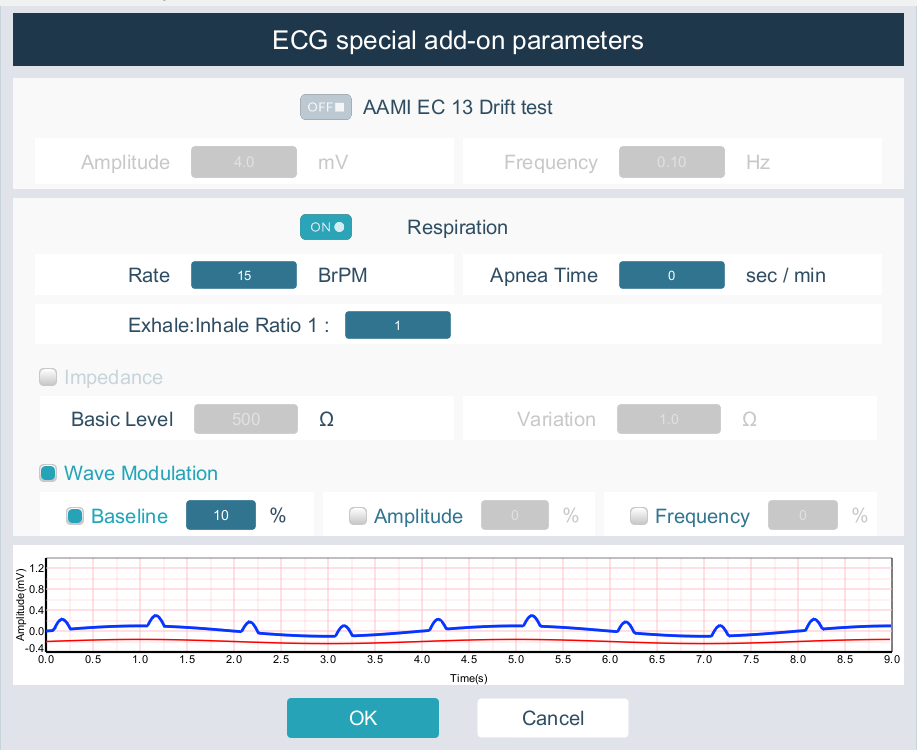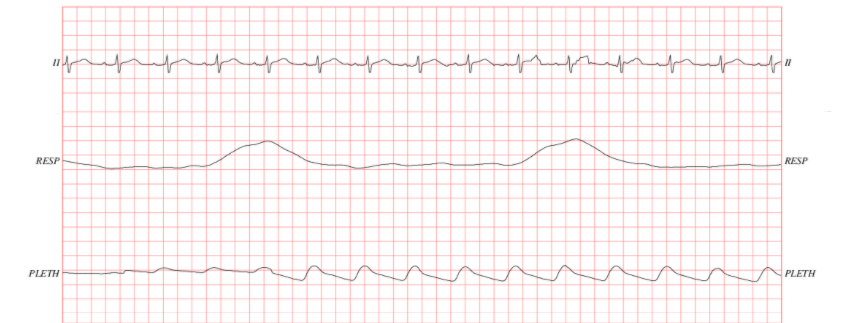Foreword
Respiratory rate is defined as the measurement of a person's breathing rate per minute at rest. In clinical diagnosis, respiratory rate is widely used to evaluate physiological indicators, especially for sleep and stress analysis.
Since wearable devices for measuring vital signs are becoming more and more popular, it is easy to collect Electrocardiographic (ECG) signals or Photoplethysmography (PPG) signals from human. At present, wearable device manufacturers already started to develop products for extracting respiratory signals via ECG or PPG technology. The method using ECG technology is called EDR (ECG-derived Respiration) and method using PPG technology is called PDR (PPG-derived Respiration). Advantages for both methods are non-invasive measurement, convenient signal acquisition, safe, and no danger.
EDR and PDR Methods Introduction
At present, there are three types of EDR analysis to detect changes in respiration rate. The first one is the heart axis deviation when breathing, and this would cause ECG amplitude to change (AM: Amplitude Modulation). The second method is the breathing change in heart beating (FM: Frequency Modulation). The third method is that the breathing would cause the changes of ribs and diaphragm, which lead Electromyography (EMG) to change the ECG.
The PDR analysis method also indicates three kinds of changes in PPG waveform. The first method is the volume of the heart changes when breathing, and the volume change causes the PPG amplitude changes (AM). The second method is the change in heartbeat (FM) when breathing. The third method is the change in thoracic pressure when breathing, which causes changes in venous blood flow and affects the baseline change of PPG (BM).

Respiration modulates PPG signal amplitude (AM)

Respiration modulates the heart beat (FM)

Respiration modulates PPG signal baseline (BM)
The technology of EDR/PDR is to extract these three kinds of changing signals out of the breathing signal and calculate the respiratory rate. Usually a device only uses one method to detect the signal change. The following figures he comparison chart between the respiration signal calculated from EDR and PDR and the actual respiration signal.

How to Verify the Accuracy of EDR and PDR
When developing algorithms for EDR/PDR, it is necessary to establish verification methods to confirm the effectiveness of the algorithms. We propose two steps to proceed -
The first step is to use simulation signals to verify basic functions and system performance. WhaleTeq SECG 5.0 AIO Test System can provide AM, FM and BM breath modulation signals to ECG device. Users can choose the appropriate modulation signal and different parameters (exhale/inhale ratio, heart rate and respiration rate) to conduct the verification. The adjustment method is shown in the figure below. The adjustment range is 0~16%. In terms of AM, it means that the amplitude of the ECG wave changes to 0~16% of the original amplitude during one breathing cycle. FM means that in one breathing cycle, the interval between the heartbeat changes is 0~16% of the original set heartbeat. BM refers to the baseline drift range of 0 to 16% of the ECG amplitude during one breathing cycle. The respiration rate can be set at 7 to 150 beats per minute.

Secondly, the actual ECG and PPG signals can be used to verify the respiration rate. There are currently four suitable databases on the PhysioNet website using impedance, temperature or piezoelectric methods.
| Database | # of Tester | ECG signal | PPG signal | Test Method |
| Cebsdb | 20 | O | - | Piezoelectric |
| Fantasia | 39 | O | - | Undisclosed |
| Slpdb | 18 | O | - | Temperature |
| Mimic II/III | 10 | O | O | Impedance |
Those database records can be downloaded from PhysioNet website and we can use WhaleTeq SECG 5.0 AIO and AECG100 to convert those digital files for analog waveform output. The following figure is from ECG, PPG and respiration waveforms obtained by Mimic II/III. Then we can compare the respiratory rate calculated by the EDR/PDR algorithm with the actual measured respiration rate.

Conclusion
There are more and more applications using EDR/PDR in the market and the accuracy of respiration rate is becoming significantly important. Therefore, WhaleTeq provides an effective and repeatable method for manufacturers to verify the performance and algorithm before clinical trials to improve the success rate of clinical testing. This shall either assist user to improve the success rate of clinical trial or allow to control the mass production quality in the production.

